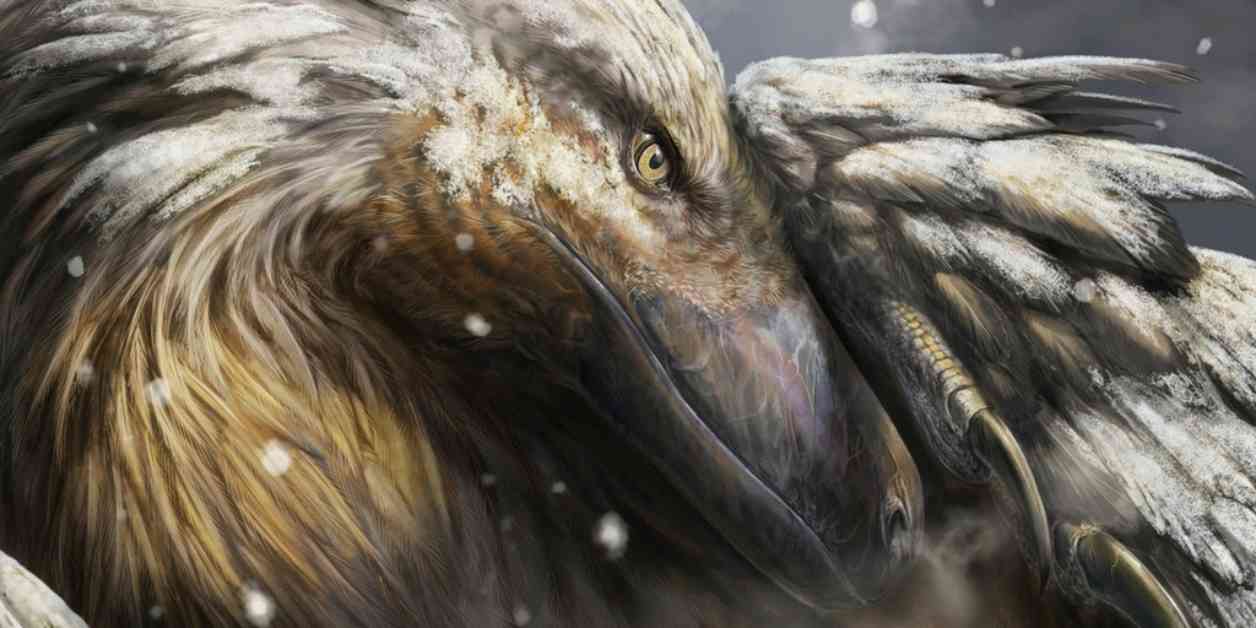Dinosaurs have long been portrayed as slow and cold-blooded creatures, but recent research has challenged this idea. A new study now suggests that the first warm-blooded dinosaurs may have appeared around 180 million years ago, marking a significant shift in our understanding of these ancient creatures.
Unlike cold-blooded animals that rely on external sources to regulate their body temperature, warm-blooded creatures like birds and humans can maintain a constant internal temperature regardless of their surroundings. This ability gives them a competitive edge in diverse environments and allows for increased activity levels.
The study, published in the journal Current Biology, analyzed over 1,000 fossils, climate data, and evolutionary relationships to pinpoint when dinosaurs may have evolved warm-blooded traits. Researchers found that certain groups of dinosaurs, including popular species like Tyrannosaurus rex and velociraptors, migrated to cooler regions during the Early Jurassic period, suggesting an adaptation to colder climates.
One of the study authors, Alfio Allesandro Chiarenza, emphasized the importance of understanding how dinosaurs managed to survive in harsh environments like the Arctic. He suggested that the ability to thrive in such conditions indicates the development of internal heating mechanisms.
However, not all dinosaurs followed this pattern. Some groups, such as brontosaurs, remained in warmer regions, indicating a diversity of thermal regulation strategies among different species. This variation in habitat preferences offers valuable insights into the evolutionary history of dinosaurs and their physiological adaptations.
While this study sheds light on the timing of warm-blooded evolution in dinosaurs, there is still much to learn about their lifestyles and behaviors. Jasmina Wiemann, a postdoctoral fellow at the Field Museum in Chicago, highlighted the need to consider multiple factors, such as diet and body temperature, to fully understand the transition to warm-bloodedness in dinosaurs.
By combining evidence from various sources, researchers hope to piece together a more comprehensive picture of dinosaur biology and ecology. This holistic approach will not only enhance our knowledge of these fascinating creatures but also provide valuable insights into the broader processes of evolution and adaptation in the natural world.




